Morellian Analysis
Introduction
Morellian analysis is named for Giovanni Morelli (1816-1891). Morelli, who trained as a physician, approached art authentication as a doctor would. As a doctor, he examined physical symptoms. Aggregated, medical symptoms form a diagnosis. As an art historian, Morelli examined and categorized the details of an artist’s technique. He analyzing how an artist formed eyes, ears, noses, and mouths. Aggregated, comparable features form a recognizable style. This definition is an oversimplification of Morelli’s methods, but the specific examples below serve as an introduction to the usefulness of his techniques.
The critics of his time called his method the “ear and toenail” school. The criticism might be valid if used as the sole source for authentication. But used along with provenance, art historical research, and scientific examination, Morellian analysis is an invaluable tool.
Examples
An example of Morellian analysis can be found in the comparison of a new portrait by George Caleb Bingham, Robert Patterson Clark, with Bingham portraits from the same time period. The artists technique improved but the manner in which he formed basic features remained consistent. Truth is in the details.
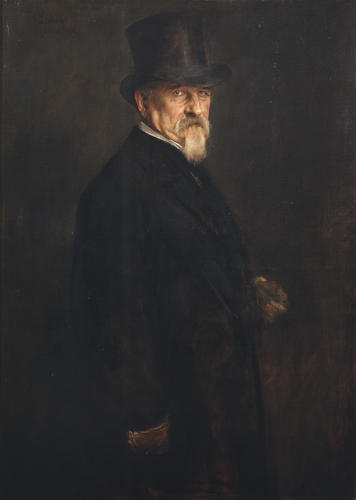
Franz von Lenbach
Giovanni Morell, 1891
Accademia Carrara Museum
Carrara, Italy
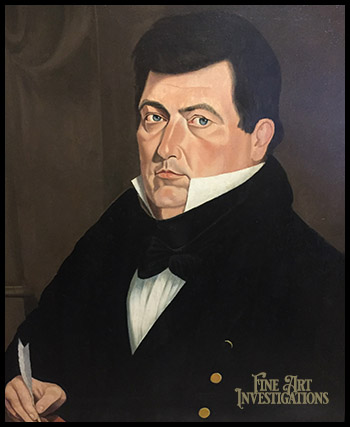
George Caleb Bingham
Robert Patterson Clark, 1834-1835
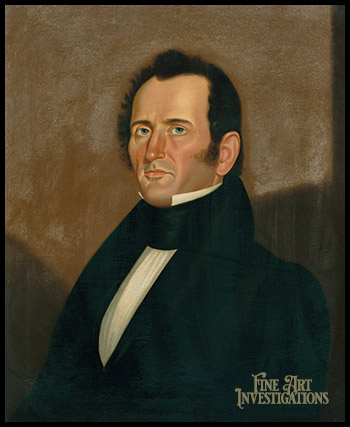
George Caleb Bingham
Shubael Allen, 1835
Oil on Canvas, 26 x 22 inchesCourtesy of the Kenneth B. and Cynthia McClain CollectionJackson County Art Museum Independence, Missouri
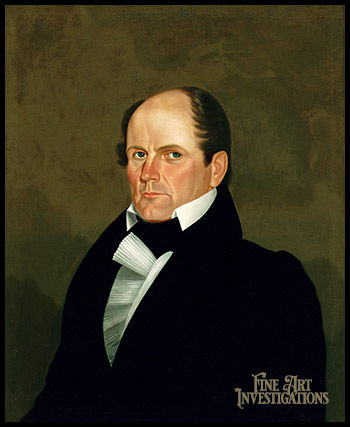
George Caleb Bingham
Dr. Anthony Wayne Rollins, 1835
Oil on Canvas, 30 x 25 inchesCourtesy of McClain CollectionJackson County Art Museum Independence, Missouri
Eyes
Note the similarities in the brushstrokes of the eyebrows, the simple construction of the eyelid, and the single black line that gives the impression of eyelashes.
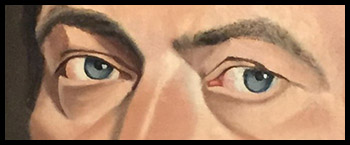
George Caleb Bingham
Robert Patterson Clark, 1834-1835
(Detail - Eyes)
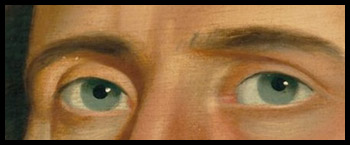
George Caleb Bingham
Shubael Allen, 1835
(Detail - Eyes)
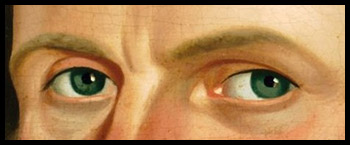
George Caleb Bingham
Dr. Anthony Wayne Rollins, 1835
(Detail - Eyes)
Nose
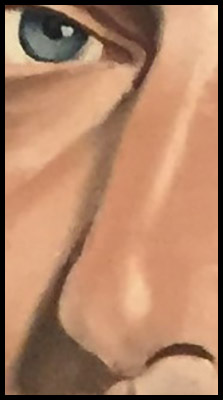
George Caleb Bingham
Robert Patterson Clark, 1834-1835
(Detail - Nose)
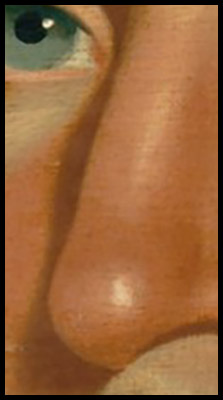
George Caleb Bingham
Shubael Allen, 1835
(Detail - Nose)
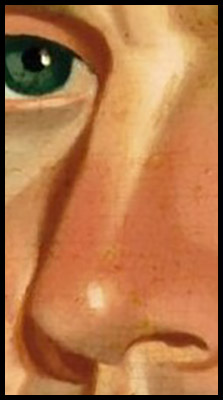
George Caleb Bingham
Dr. Anthony Wayne Rollins, 1835
(Detail - Nose)
Mouth
The Clark portrait is more primitively sculptural than the two portraits painted just a year or two later. Each sitter had a differently-shaped mouth. Yet, the shadowing and highlights around each mouth are similar, as is the brush stoke that painted the lower lip. Bingham did not fully cover the bottom right corner of the lip.
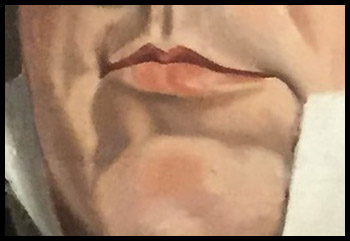
George Caleb Bingham
Robert Patterson Clark, 1834-1835
(Detail - Mouth and Chin)
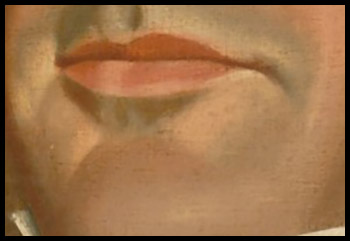
George Caleb Bingham
Shubael Allen, 1835
(Detail - Mouth and Chin)
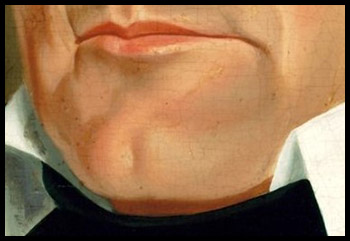
George Caleb Bingham
Dr. Anthony Wayne Rollins, 1835
(Detail - Mouth and Chin)
